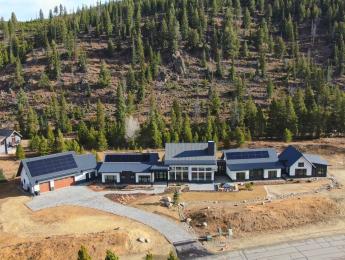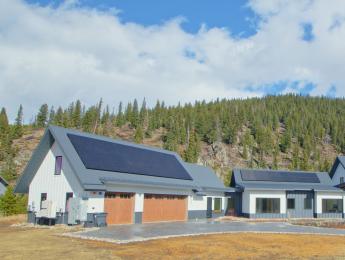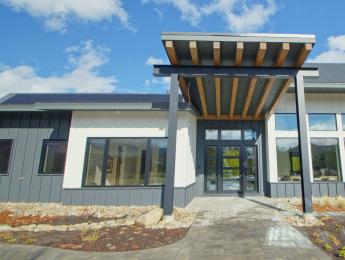An all-electric design delivers comfort for the owner and savings for the builder
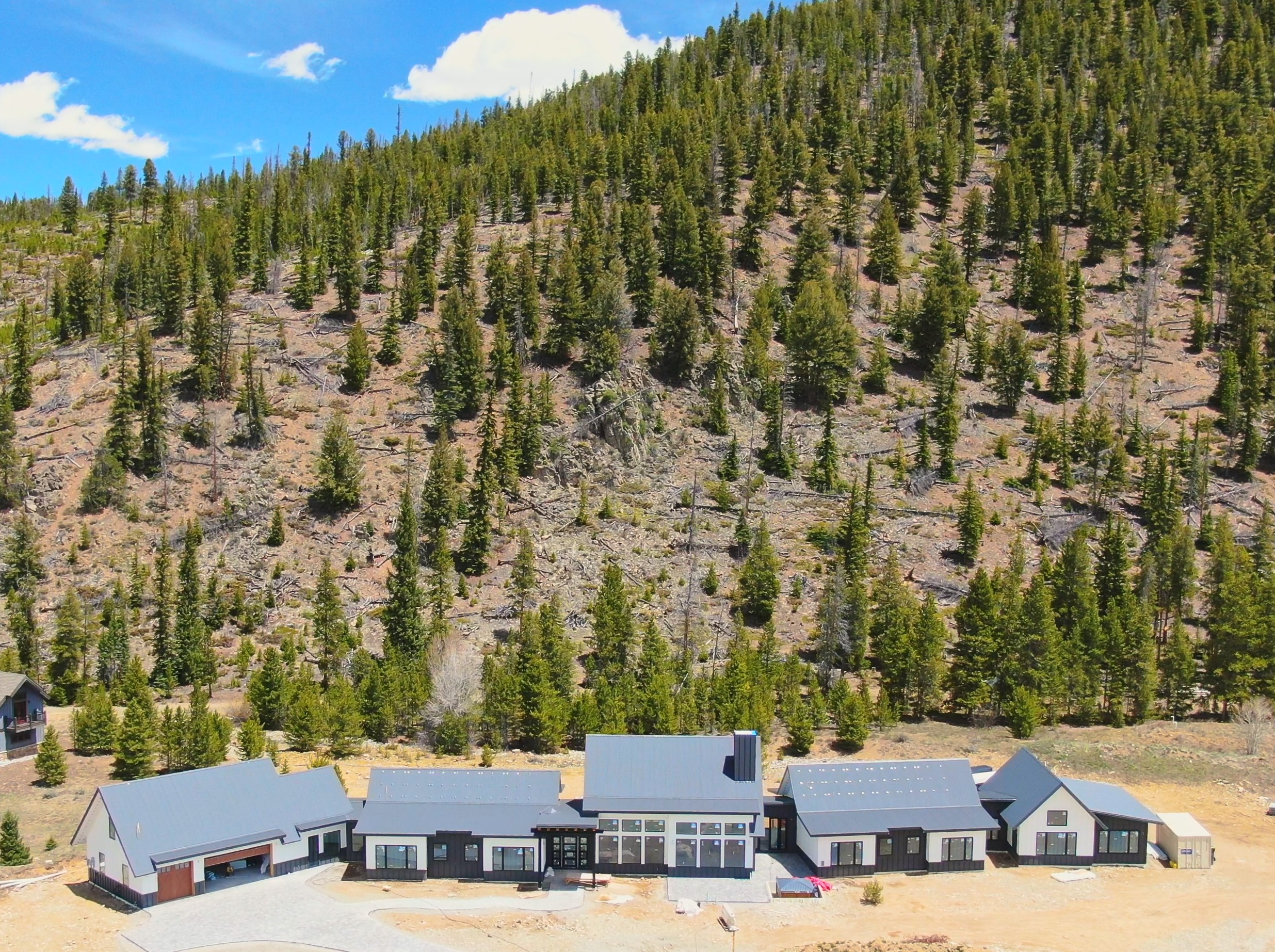
As an all-electric home, the Panorama Idea Home by Thrive Home Builders in Breckenridge, Colo., will provide the homeowners with a sustainable, comfortable, energy efficient, and carbon-neutral retreat high in the Rocky Mountains.
Backing up these claims are a multitude of industry certifications, including from the U.S. Department of Energy’s Zero Energy Ready Home (ZERH) program, an increasingly popular standard for both home builders and buyers.
For Panorama, the commitment to achieve the ZERH certification includes not only an all-electric home, but one powered by onsite renewable energy generation via a rooftop photovoltaic solar array. Battery backup will supply electricity during non-generation hours with the capacity to keep the home comfortable year around and with minimal need for grid-supplied power.
A large part of the all-electric strategy comes from the forced-air heating and cooling system that utilizes a multi-zoned, variable speed air source heat pump system. The performance, energy use, and durability of that setup are all enhanced by a well-insulated and air-tight building envelope, resulting in a “low-load” home that requires far less energy to maintain desired and reliable indoor comfort.
Incentives to Bank On
While the home’s owners will ultimately reap the rewards of low energy costs and reliable comfort, building to a higher level of performance offers other advantages to builders in the form of tax incentives and cost rebates.
In Colorado, Xcel Energy (the local electric utility serving the house) rolled out its 2024-2026 Residential New Home Construction program, offering three prescriptive tiers of cost rebates ranging from $10,000 to $15,000 per home.
To achieve Tier 3 and the full $15,000 rebate, homes must perform at least 25% better than the International Energy Conservation Code (IECC) 2021 standards, reduce air changes per hour (ACH) to less than 1.0 at 50 pascals, and eliminate utility-delivered natural gas service to the house. The Panorama Idea Home intends to comply with all of those conditions.
Thrive also took advantage of the Energy Star Single Family New Home Program from the U.S. Environmental Protection Agency (EPA) to earn the $5,000 Section 45L federal tax credit.
Gene Myers, founder and Chief Sustainability Officer at Thrive, understands that leveraging rebates and tax credits can draw builders to a “greener” way of thinking.
“Utility rebates are a great incentive to push the envelope on energy efficiency, all-electric homes and carbon reduction,” he says.
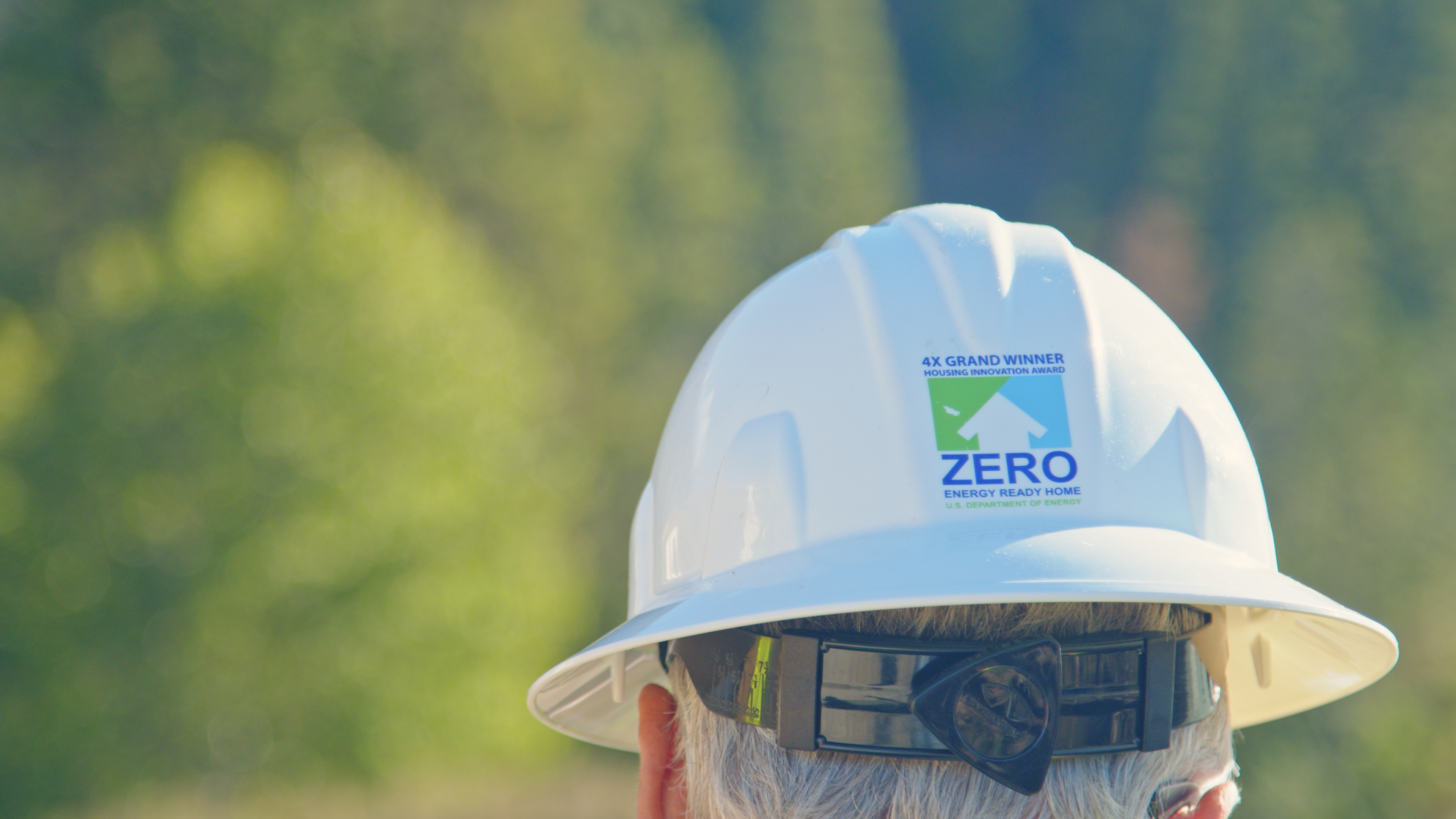
With the rebates, builders can choose to pass them onto customers or encourage them to make additional energy efficiency upgrades to their home—such as solar panels or heat pump-driven water heaters—or retain the rebates (and the tax credit) to improve their bottom lines.
Although Myers admits that the rebate and tax credits may not be a significant percentage of the overall cost for closing the 6,610-square foot custom Panorama Idea Home, those incentives help both his company’s bottom line and fund options to further improve the home’s performance.
For other projects with a more modest floor plan or a production building schedule, such rebates have a greater impact on a builder's profitability, especially for limited liability corporations (LLCs), where they pass directly to the company instead of through the homeowner.
Resources and links:
Zero Energy Ready Home Program
https://www.energy.gov/eere/buildings/zero-energy-ready-home-program
Section 45L Tax Credits for Zero Energy Ready Homes
https://energy.gov/eere/buildings/section-45l-tax-credits-zero-energy-ready-homes#:~:text=The%2045L%20tax%20credit%20is%20%241%2C000%20for%20dwelling%20units%20that,the%2045L%20tax%20credit%20is
